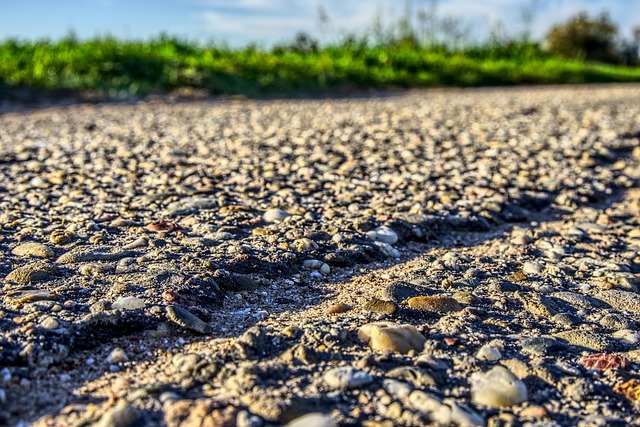Unveiling the Impact of Extreme Weather: The Role of Data Collection in Understanding Climate Change and Environmental Challenges
In recent years, the world has witnessed an alarming increase in extreme weather events. From devastating hurricanes to unprecedented heatwaves, our planet’s environment is showing signs of distress that can no longer be ignored. As individuals, we may feel powerless in the face of such immense challenges, but there is a glimmer of hope: data collection. This powerful tool enables us to grasp the intricacies of climate change and tackle the environmental difficulties we face.
Data collection serves as the backbone of our understanding of climate dynamics. By meticulously recording temperature fluctuations, rainfall patterns, wind speeds, and other crucial metrics, scientists can discern patterns that would otherwise remain hidden. With each data point, we gain insights into how extreme weather is influenced by climate change—an essential step in formulating effective response strategies.
Moreover, the role of technology in data collection cannot be overstated. Advanced sensors, satellites, and AI-driven analytics have revolutionized how we monitor the environment. Satellite imagery allows us to observe deforestation, ice melt, and shifting ecosystems from space, providing a comprehensive view of our planet’s health. In this era, community engagement also plays a vital role; citizen scientists contribute vital data through apps that allow everyday individuals to report local weather phenomena and environmental changes.
The ramifications of extreme weather are not just statistical; they are deeply personal. Families are displaced by floods, crops are destroyed by droughts, and communities are forced to adapt to rapidly changing landscapes. This emotional toll drives the urgent need for reliable data collection. Understanding the specific impacts of extreme weather on various regions helps local governments and organizations mobilize resources more efficiently, supporting those who need it most.
Furthermore, ongoing research aids in predictive modeling. By analyzing past extreme weather events in tandem with current data collection efforts, scientists can forecast potential future conditions. These predictive models inform policymakers, guide urban planning, and enhance disaster preparedness, ultimately saving lives and reducing economic losses. The more data we collect, the clearer our picture becomes—empowering us to act proactively rather than reactively in the face of impending disasters.
In the context of climate change, data collection also sheds light on the broader implications of our actions. It reveals the interconnectedness of human activity and environmental health. For instance, data can illustrate how industrial emissions contribute to rising global temperatures, which in turn intensifies the severity of weather phenomena. By understanding these relationships, we are better equipped to advocate for sustainable practices that mitigate climate change.
As citizens of this planet, we have a collective responsibility to contribute to data collection efforts in whatever capacity we can. Whether through using technology to report local weather events, participating in environmental research initiatives, or even just cultivating awareness, every action counts. As we deepen our relationship with nature, we can harness the power of data collection to not only confront the immediate threats of extreme weather but also to foster a more resilient environment for future generations.




